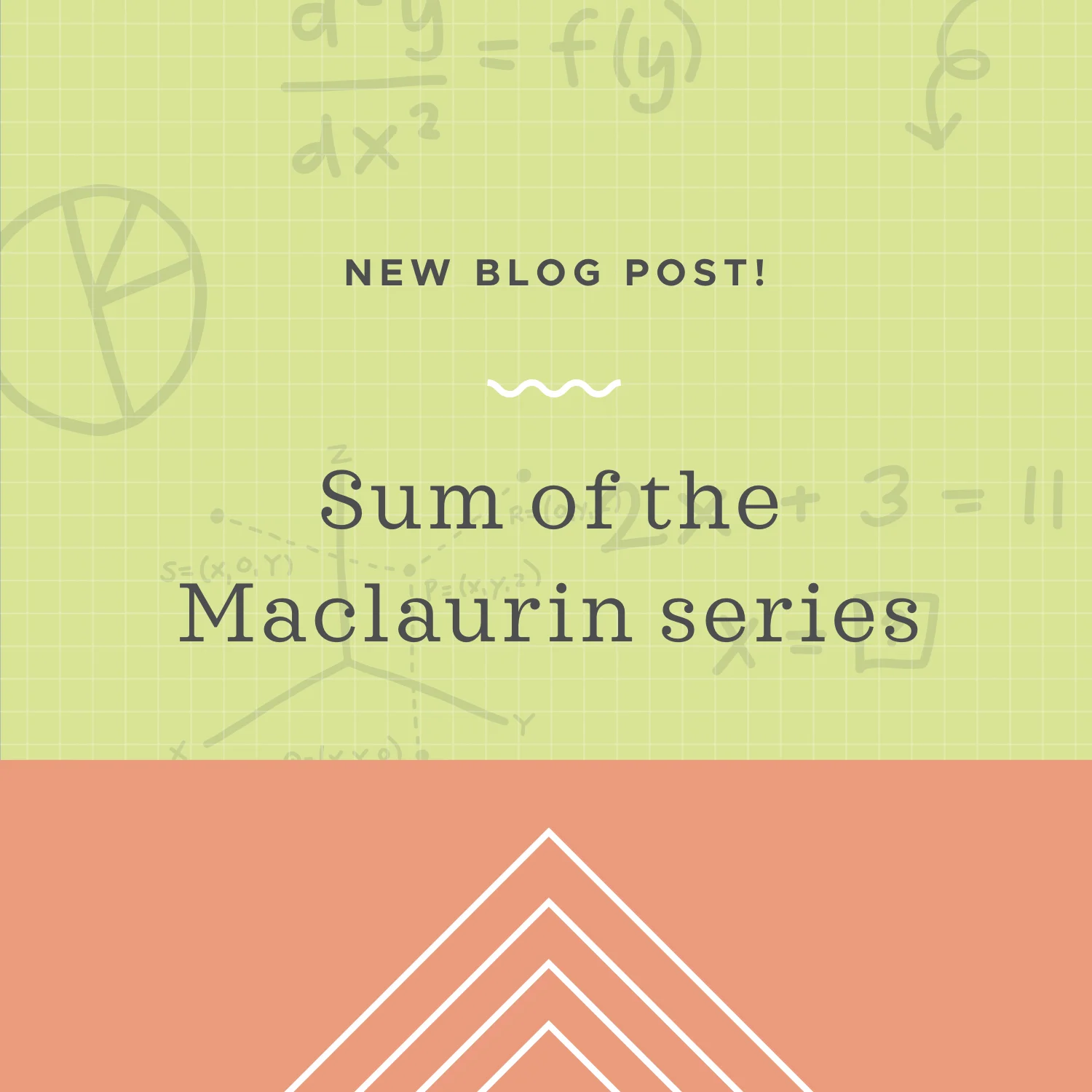Sometimes we’ll want to use polynomial long division to simplify a fraction, but either the numerator and/or denominator isn’t a polynomial. In this case, we may be able to replace the non-polynomial with its power series expansion, which will be a polynomial. The simplest way to do this for the non-polynomial is to find a similar, known power series expansion and then modify it to match the non-polynomial function.
Read MorePreviously we learned how to create a power series representation for a function by modifying a similar, known series to match the function. When we have the product of two known power series, we can find their product by multiplying the expanded form of each series in the product.
Read MoreSometimes we’ll be asked for the radius and interval of convergence of a Maclaurin series. In order to find these things, we’ll first have to find a power series representation for the Maclaurin series, which we can do by hand, or using a table of common Maclaurin series.
Read MoreA Maclaurin series is the specific instance of the Taylor series when a=0. Remember that we can choose any value of “a” in order to find a Taylor polynomial. Maclaurin series eliminate that choice and force us to choose a=0.
Read MoreOne convenient way to find the sum of the Maclaurin series is to start with a well-known Maclaurin series and then manipulate it one step at a time until it matches the series you’ve been given. Because you’ll be manipulating the expression of the sum at the same time, once you get the series to match, you’ll automatically have the sum.
Read More






